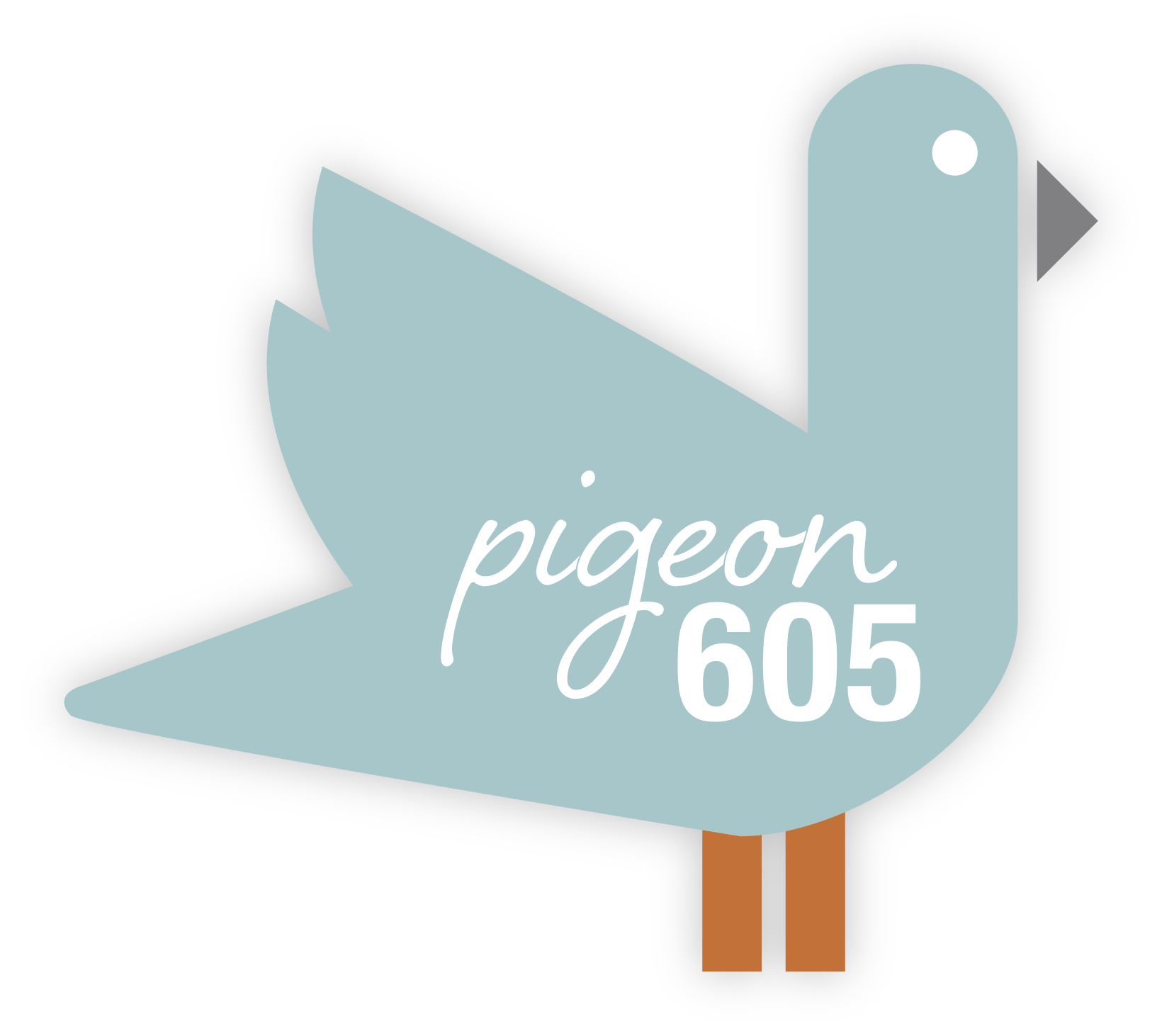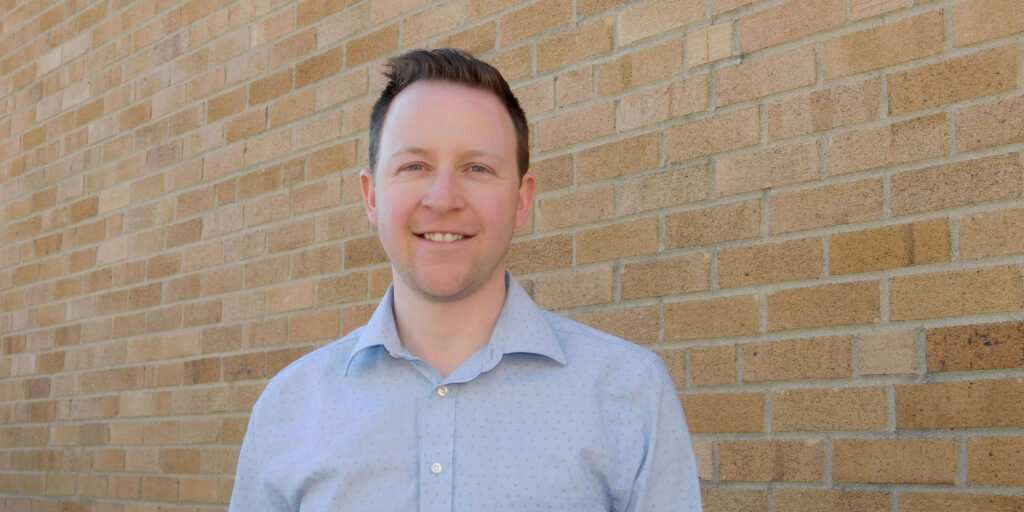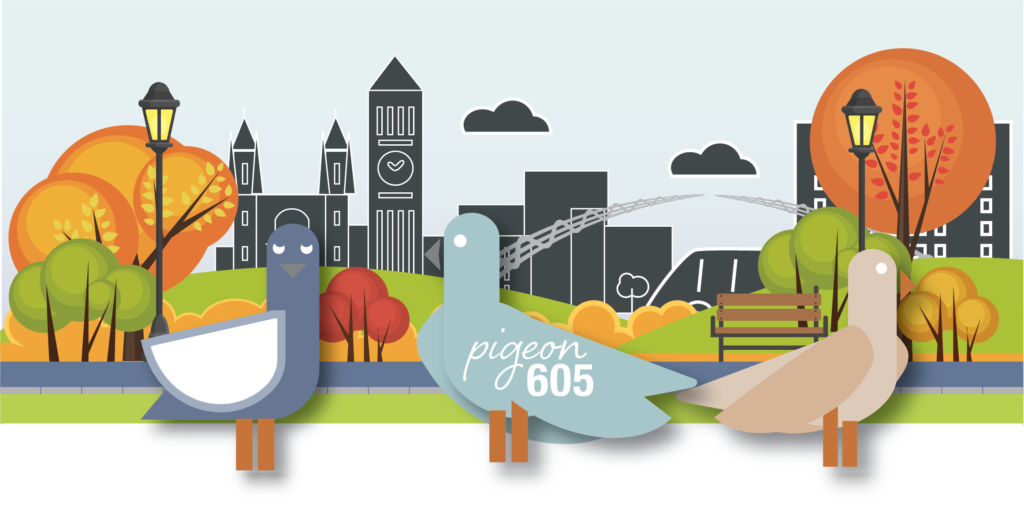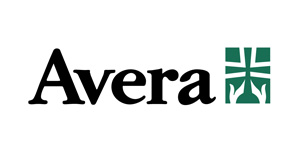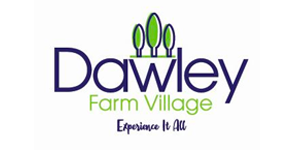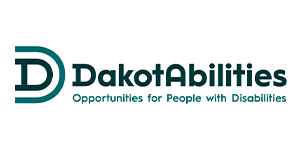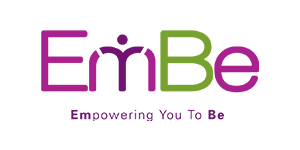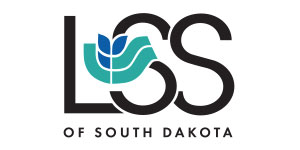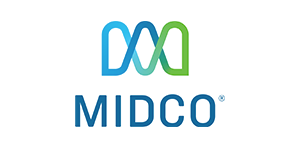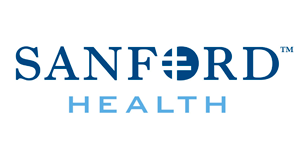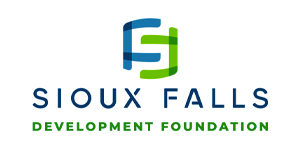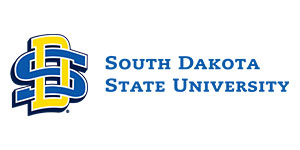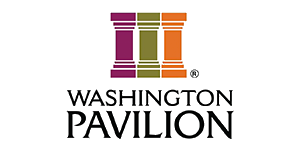The years before kindergarten: Your guide to finding the right preschool fit for your family
This paid piece is sponsored by EmBe.
If your child is approaching 3 or 4 years old with kindergarten not far away, it’s time to consider your options for preschool and pre-K programs.
“There truly is a fit for every family,” said Caitlin Rothschadl, child care manager at EmBe.

“And it’s not too soon to start thinking about this coming school year as you’re assessing the best approach for your child.”
EmBe emphasizes parent choice and natural child development to offer three unique tracks that result in the best experience for your child.
No matter the track, EmBe programs incorporate literacy, number sense, social-emotional and character development, arts, science, free play and field trips to ensure high-quality programming and kindergarten readiness.
Here’s your one-stop guide to determining which program might be the next step for your family:
If your child is 3 years old
Three-year-olds typically are ready for their first preschool experience, but there are some things to consider.
What to look for in your child: Ideally, your child is using three- to five-word sentences, following simple directions and is comfortable separating from their primary caregivers. Additionally, showing an interest in self-care, like potty training and getting dressed, are things to consider before enrolling in a preschool program like Thinkers at EmBe.

“They’re also starting to work into cooperative play and into communicating with their friends,” said Bailey Haseman, a lead Thinkers teacher. “We’re not looking for the level of a 5-year-old, but they’re starting to show interest, and that’s how we know a 3-year-old is ready.”
Kids who handle transitions well, manage their emotions and are comfortable in a larger setting tend to thrive in this setting.
What to expect: Expect a program that focuses on both kindergarten preparation and good character development. At EmBe, the Thinkers program is highly structured, with circle time, whole group and small group, lots of story time and free play.
“We do work with fine motor and gross motor skills, and we focus a lot on the social-emotional aspect of learning,” Haseman said. “We’re teaching them how to be tiny human beings, how to interact with other people in the world.”
That includes “taking care of ourselves, our friends, our school and our world,” added lead Thinkers teacher Allison Lewis.
“Bailey and I teach off those four things together, including things like taking care of toys, going to the bathroom, eating, drinking water, cleaning your face, washing your hands, walking in the hallway and not leaving trash on the floor,” she said. “We tell parents to expect their kids will be talking about these things.”
Learning includes literacy, number sense, social-emotional skills and movement, all through the lens of play and inquiry.
A typical day: All EmBe preschool and pre-K programs offer care from as early as 6 a.m. until as late as 6 p.m., with the learning curriculum typically beginning around 9 a.m. In the Thinkers program, 3-year-olds still start the day with free play and breakfast, then learning begins with circle time. Literacy, math skills, movement and social-emotional skills are practiced daily through art, music, movement and play. Nutritious lunches and snacks are provided, and there’s a two-hour nap or quiet time. Each day ends with additional free play and choice-based activities.
There also are plenty of special touches along the way. At EmBe South, for instance, Haseman and Lewis have put together intentional learning centers like a make-believe vet clinic, mail center and pizza shop to introduce real-life experiences and careers.
“I love how we can bounce ideas off each other and the EmBe community all day long,” Haseman said. “We’re constantly talking about things we want to try and how classes at different ages might build on what we’re introducing.”
The parent’s role: If your 3-year-old enters the Thinkers program, the expectation is that you’ll work in tandem with the EmBe team to reinforce at home what’s happening during the day.
“As providers, we recognize the parent/legal guardian as the primary educator for their child, so we want to support that as much as possible. We all have to be on the same page with potty training, and we communicate closely about that,” Haseman said.

“Same with social-emotional learning. If we’re talking about being kind to friends, we ask you to use the same verbiage at home. Kids get confused when parents and teachers are not on the same page.”
“We have the best families here,” Lewis added. “It’s a very positive, supportive work environment. I feel very supported as a teacher here, and I feel like a lot of people can’t say that at their workplace.”
Next steps: Sometimes, kids go right from a Thinkers preschool classroom to one of several pre-K options. But, your 4-year-old also might benefit from the Inventors program.
“Inventors is a strong transition program for kids who may need some extra time to work on some skills before moving on to our Scholars classroom, which is designed as a pre-K track option for the year before kindergarten,” Rothschadl said.
It is also recommended for children who have September toDecember birthdays, who will have an extra year of preschool before entering kindergarten.
“There’s flexibility here depending on how old your child will be starting kindergarten and what skills need to be refined to make sure he or she is ready,” Rothschadl said.
Thinkers, Inventors and Scholars all use play-based learning guided by themes that align with the Head Start Child Development, Early Learning Framework and South Dakota early learning standards. Teachers use intentional questioning to promote critical thinking, creativity and curiosity in our young learners.
If your child is 4 or 5 years old
The Scholars program is EmBe’s structured pre-K program. Scholars is ideal for children who are at least 4 years old and will be entering kindergarten the following school year.
What to look for in your child: “Typically, the curriculum goes through a school year, with kids starting in August,” said AnnMarie Whaler, a lead teacher in the Scholars program. “Any child who is curious and loves to use their imagination would thrive in this program.”

Children entering the Scholars program should be self-sufficient in the bathroom.
What to expect: The Scholars program offers imaginative play with work on social-emotional and foundational skills needed for kindergarten.
“It’s a very hands-on curriculum,” Whaler said. “We utilize multiple learning techniques, including looking at behavior and conflict resolution in ways that allow kids to understand it.”

A typical day: The Scholars classroom has a structured academic morning after breakfast. There’s circle time and small-group learning, as well as a large-group activity, outside play, lunch, rest time and free play. They take field trips every other week, which are included in EmBe’s tuition. Outings have included visits to the Outdoor Campus, hiking at Tuthill Park, bowling and visits to an apple orchard and pumpkin patch.
The parent’s role: “One of my biggest expectations is open communication,” Whaler said. “In order for me to help their child, we have to be consistent and have the same boundaries and rules at home and school, which requires lots of communication on both sides.”
To learn more about the Thinkers, Inventors and Scholars programs, click here.
If your child is looking for a specialized or accelerated program
For kids age 3 through 5 who are looking for a more rigorous approach to preschool, the Junior KinderCollege and KinderCollege program can be an excellent fit.
What to look for in your child: Children must be 3 or 4 years old and planning to attend kindergarten in two years. They must achieve 80 percent or higher on their readiness assessment to join the Junior KinderCollege program.

When children are 4 or 5 years old and one year out from kindergarten, they will move to the KinderCollege classroom. They must maintain a benchmark of 80 percent or higher on the readiness assessment to keep their spot in the classroom because of the large class size and rigorous schedule.
“This is for a child who thrives with extra activity and can effectively take direction and understand expectations,” Rothschadl said.
What to expect: Children in Junior KinderCollege are engaged in valuable play-based learning where instruction is inquiry-based, meaning children are finding answers to their questions driven by the teacher. They will work one-on-one with their teacher at the level best suited for them. This class is designed to help children build the stamina they will need to meet the demands of KinderCollege, while allowing children to be in a smaller class setting for one more year.
In KinderCollege, the curriculum is driven by a more in-depth focus on literacy. Children will have the opportunity to use their multiple intelligences to navigate their way through activities exposing them to math, science, language and fine/gross motor skills.

“This is a fully immersive kindergarten prep program,” Rothschadl said. “Kids have to be comfortable with routines and following directions and completing academic work. We recommend this for kids who like to be challenged academically and enjoy more learning time.”
Kids also can go from the Thinkers program into KinderCollege even if they haven’t done Junior KinderCollege.
A typical day: Students enrolled in Junior KinderCollege and KinderCollege will begin their day with a structured play session and a nutritious breakfast. Their academic curriculum begins shortly after, starting with circle time, word work, writing and math. Music, movement and art are included in their schedule before lunchtime. In addition, they will have ample time for free play in the gym and outside.

The students are given about an hour of quiet time. KinderCollege students typically end their day with center play activities. There are weekly field trips, including to the police and fire station, the Outdoor Campus and the Washington Pavillion. We also encourage family involvement in field trips, like when our class was invited on a private tour of Scheels to learn about outdoor recreation, sports and careers related to active lifestyles.
The parent’s role: Be ready for your child to be challenged mentally and gain increased stamina for learning experiences.
“There will be higher academic expectations, and parents should be ready to hold their child to those expectations,” Rothschadl said. “They’re going to be challenged and engaged throughout the day.”
To learn more about KinderCollege and Junior KinderCollege, click here.
Spanish Immersion
EmBe’s Spanish Immersion preschool program is a specialty offering in the Sioux Falls community. EmBe has been developing a one-of-a-kind curriculum to support the Spanish program. Each lesson is taught in Spanish while teachers provide a calm and academically enriching environment.

What to look for in your child: Kids age 3 through 5 can attend Spanish Immersion preschool as long as they are potty-trained.
“I’ve had kids that start at 3 and sometimes even go up to 6 depending on when they start kindergarten,” said Janet Constantino, a lead teacher in the Spanish Immersion program at EmBe’s downtown location.
“They do not need to have had any exposure to Spanish. All our children at the moment are non-native speakers. As long as they’re open-minded and curious, we see a lot of success. If they’re going into a Spanish or dual-immersion kindergarten, it’s extremely valuable preparation.”
What to expect: The Spanish Immersion program uses music, food and other Latin culture to enhance the child’s learning experience. There are weekly field trips included with tuition and culturally appropriate enrichment, such as making tortillas and pinatas and celebrating holidays in Latin culture.

“Along the way, we also are teaching them colors, numbers, shapes and all the simple conversational pieces of Spanish,” Constantino said. “They’re going to learn the same curriculum as other preschoolers; the difference is they’re learning it Spanish.”
A typical day: The program starts with breakfast, then academic work that can include practice writing their names, small- and large-group sessions, reading a book of the week, lunch, gym, nap, snack and playtime.
The parent’s role: Like the kids, parents aren’t expected to have a background in Spanish to be part of this program.
“At home, if you can practice some Spanish with the kids, that’s helpful, but honestly, it’s often the kids teaching the parents Spanish,” Constantino said.
To learn more about Spanish Immersion preschool, click here.
Share This Story
Most Recent
Videos
Want to stay connected to where you live with more stories like this?
Adopt a free virtual “pigeon” to deliver news that will matter to you.
